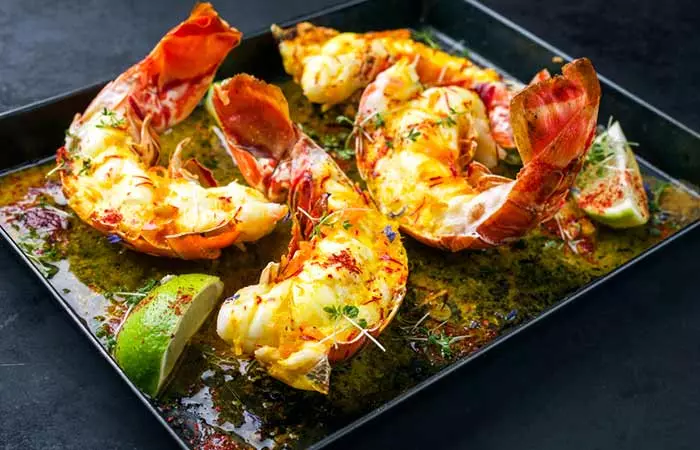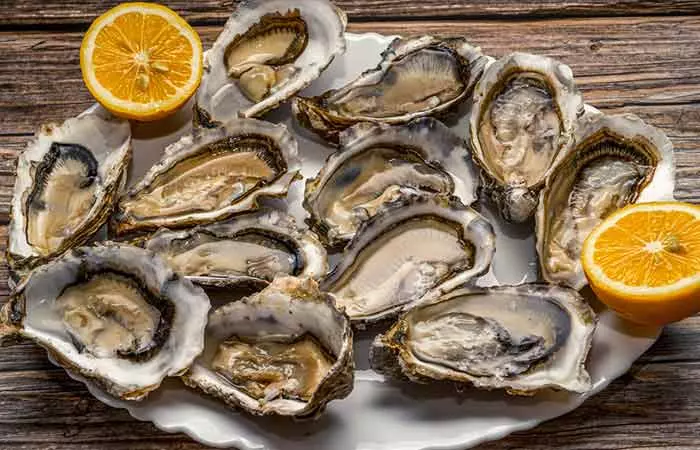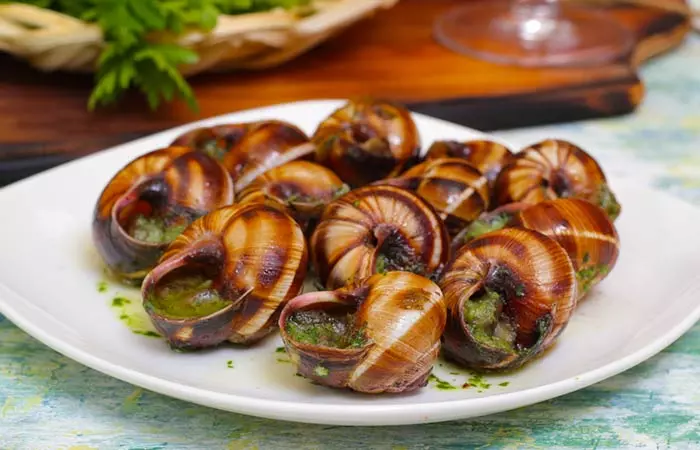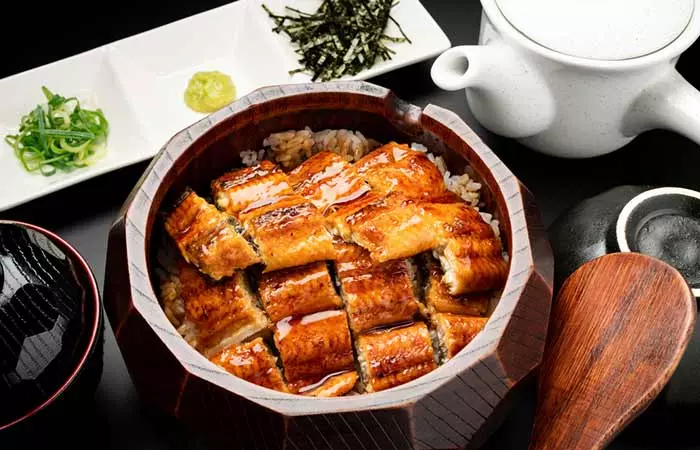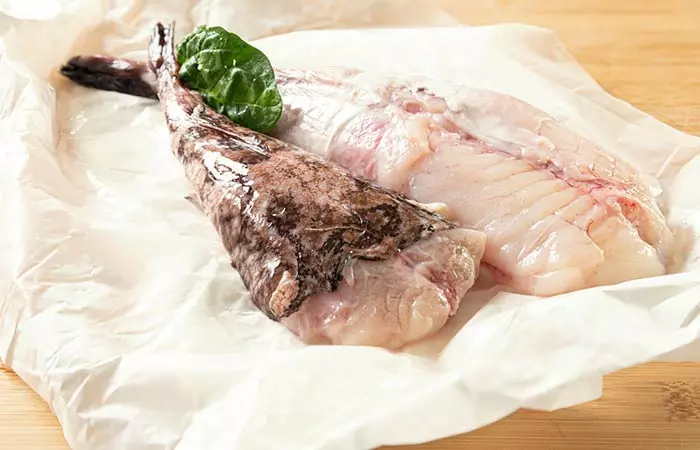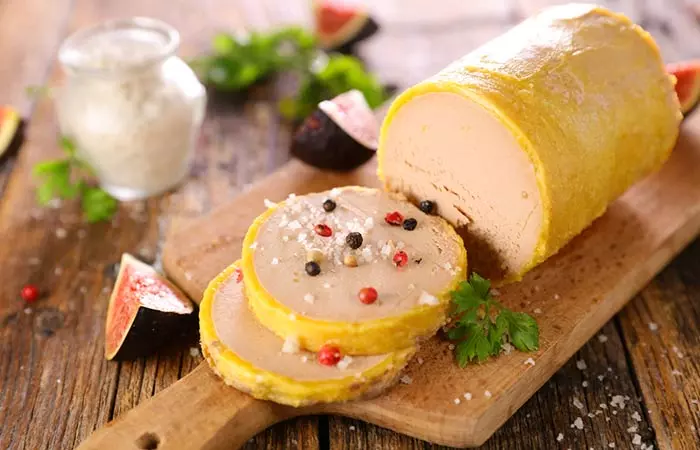11 Pricey Food Items That Were Once Considered Food For “Paupers”

Image: Shutterstock
It’s human nature to assume that being poor means one has a terrible diet. No matter which era we live in, certain types of foods are said to be for poor people versus others that are meant for the rich. Food is a facet of society that has often been the great divider between the rich and poor. Food is seen as a necessity for poor people, and for the rich, it’s seen as a luxury to be enjoyed. The reality is that only financially independent people have the money and time to sit down for a full course meal and enjoy lobster or other fine dining options. You probably think food items like lobsters, snails, and foie gras are foods for the uber-rich, but did you know that this was not always the case? Here are eleven examples of food that were once considered “poor people food” but are now regarded as delicacies:
1. Lobster
Back in the good old days of the 19th century, these crustaceans were seen as the rats of the marine world. Compared to fish, lobsters were seen as visually unappealing, and those who ate them were seen as poor. In fact, there was a time where lobsters were even served in prison. It was only after the invention of the railroad that people started giving lobsters a second look. The rest, as they say, is history.
2. Polenta
Polenta is a cornmeal mush that was just handed out to people who were poor and unable to buy food items that contained nutrients. Those who survived on a diet of just polenta ended up suffering from plenty of vitamin deficiencies that caused problems like diarrhea, skin problems, and even more. Since polenta takes up to three hours to cook and has a bland taste, many hated it vengefully. These days, polenta is considered a delicacy due to many celebrity chefs cooking it. After all, it is quite the culinary challenge to take on.
3. Quinoa
For Peruvians, quinoa was seen as a cheap grain bought by the poor. Due to this stigma, many more affluent folks did not want to be seen indulging in it. However, after people started discovering the health benefits of consuming it, the value and popularity of the grain increased. Today, it is a popular addition to meals and salads.
4. Oysters
Until very recently, oysters were present in abundance and loved by people from the working class as well as the lower class. This was because they could just walk into the sea and fetch a bucket of oysters. Sadly, due to the massive pollution caused by factories and overfishing, oysters have started to decrease in number. Hence, the price of these oysters suddenly increased due to a reduction in supply and increase in demand.
5. Sushi
Yes, the same sushi that is now available only at fine dining restaurants and requires you to break your bank was once considered poor man’s food. This is because sushi was once a method that was used to preserve fish by covering it with fermented rice. After World War 2, sushi prices skyrocketed as sushi chefs switched to using more exotic fish for their sushi preparations.
6. Snails
Many of us would think eating snails is strange, but in places like France, it is considered a rare delicacy. The practice of eating snails, or escargot, has been around since the Romans ruled most of the world. However, during most of Europe’s history, eating this humble, slimy little creature was seen as disgusting and low class.
7. Caviar
Caviar is definitely seen as one of the most luxurious food items ever. We see it in rap songs and all over celebrity Instagram pages. One hundred years ago or so, many bars used to serve caviar as a complimentary side dish. However, after its popularity skyrocketed amongst the upper echelon of society, things changed drastically.
8. Portobello Mushrooms
These days, mushrooms are available in a wide variety and appeal to people from all backgrounds. However, Portobello mushrooms are widely consumed by the more prosperous members of society. The prices of these mushrooms, which were once considered too rough and ugly to be sold, skyrocketed after they were rebranded with a classy Italian name. They also served as a great meat replacement for vegetarians.
9. Eel
These slippery creatures were once extremely common in Japan and were enjoyed by many locals from various socio-economic backgrounds. Unfortunately, due to this very popularity, the price of the eels ended up becoming way higher than it ever was.
10. Monkfish
Monkfish is the current favorite on the food market and enjoyed by foodies everywhere for its light, tender, and incredibly satisfying flavors. Many chefs in England swear by this expensive fish, and they are mainly used grilled and in seafood stews. However, before this, the fish was considered disgusting due to its ugly appearance, and in France, the sale of this fish was even banned!
11. Foie Gras
When you think of Foie gras, you probably think of how it is the ultimate food for wealthy people. It consists of the fatty liver of the goose and is pureed with mushrooms. However, this dish was never really seen as luxurious until very recently. The early recipe can be traced back to those living in ancient Egypt who gave the leftover parts of the geese to Jewish slaves. The dish had its highs and lows throughout the dark and middle ages, but it was during the Renaissance period that it gained a reputation.
Regardless of whether you are a foodie or not, we hope you get to try at least a few of the food items we have mentioned on our list. It’s interesting to see how something as simple as food can be such a distinct part of one’s social class. Do let us know all of your thoughts in the comment section below.


